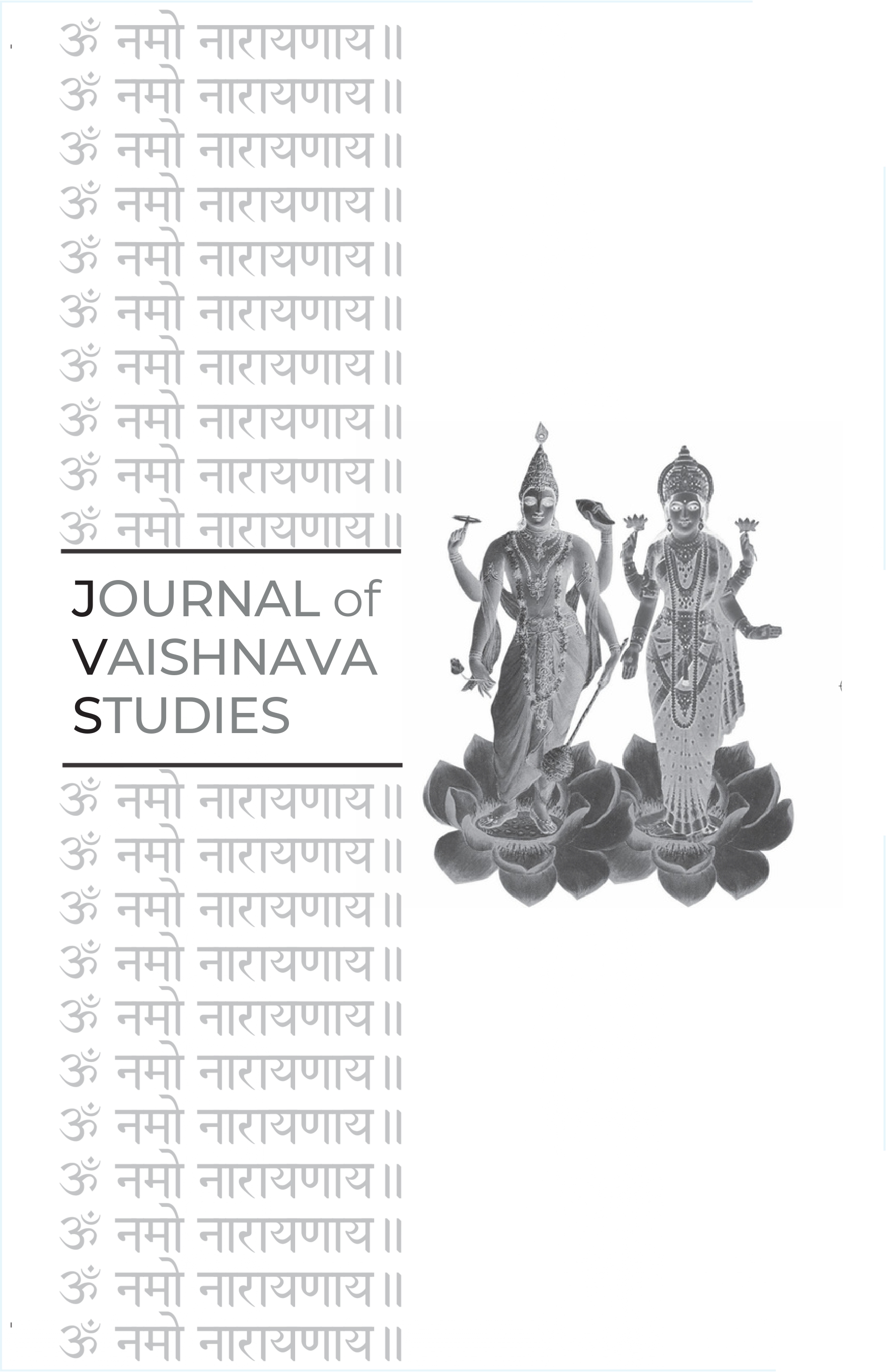The Avatāra Kṛṣṇa: “A Child Whose Actions Are Not Those of a Child”
Keywords:
Krishna, avatara, Harivamsha, Vishnu Purana, Bhagavad Gita, Lila, Maya, theatrical, performance, divine descentAbstract
In The Avatāra Kṛṣṇa: “A Child Whose Actions Are Not Those of a Child”, André Couture explores the paradoxical portrayal of Kṛṣṇa as both a divine savior and an enchanting performer within Hindu textual traditions. Focusing on the Harivaṃśa, Viṣṇu Purāṇa, and Bhagavad Gītā, Couture examines how Kṛṣṇa’s descent (avatāra) is constructed not only as a mission to restore dharma and relieve the Earth’s burden (bhārāvataraṇa), but also as a theatrical display rich with symbolism and illusion (māyā). The article highlights the conceptual evolution from the term prādurbhāva to avatāra, marking a shift in emphasis from simple manifestation to divine performance. Through detailed analysis of pivotal childhood episodes—such as the slaying of Pūtanā and Kāliya, the lifting of Mount Govardhana, and the rāsa-līlā—Couture demonstrates how these acts are presented as both miraculous interventions and staged spectacles. Kṛṣṇa emerges as a child whose actions transcend the boundaries of childhood, embodying a divine paradox at the heart of the avatāra concept.Published
2017-12-13
Issue
Section
Articles





